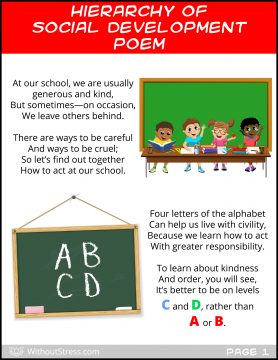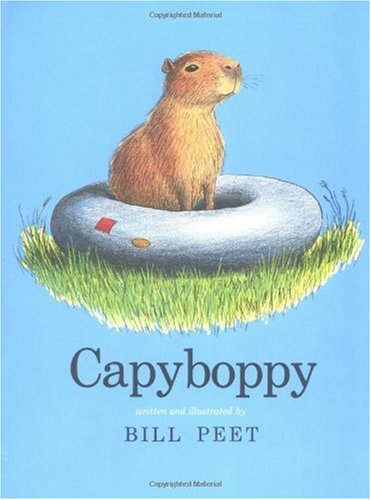Here is a list of picture books to introduce the four levels of the Hierarchy of Social Development.
The bold books with the asterisk (*) are the ones I used when I developed and taught the levels.
Level A Books – Anarchy (not acceptable level)
*Miss Nelson Is Missing by Harry Allard and James Marshall
Mean Soup, by Betsy Everitt
Roses Are Pink, Your Feet Really Stink, by Diane deGroat
Miss Nelson is Missing, by Harry Allard
We Share Everything, by Robert Munsch
Lilly’s Purple Plastic Purse, by Kevin Henkes
When Sophie Gets Angry Really Really Angry, by Molly G. Bang
Level B Books – Bullying and Bothering (not acceptable level)
*The Three Little Pigs by James Marshall… >>>








